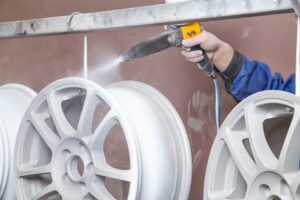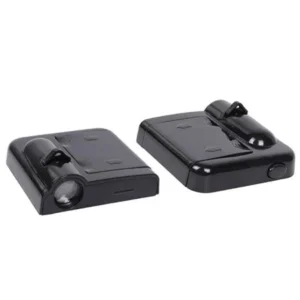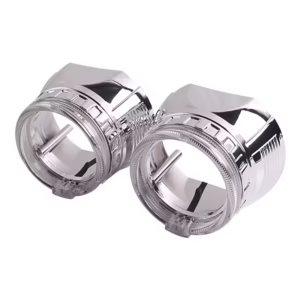Learn about the professional-grade techniques used in body painting, from color matching to achieving a flawless finish. See how body painting can significantly boost your vehicle’s resale value.
Introduction
Body painting is an art that transforms the look of your vehicle, adding value and personal style. This guide explores professional techniques, the benefits of body painting, and how it can enhance your vehicle’s resale value.
The Art of Body Painting
Body painting involves applying paint to a vehicle’s surface using various techniques to achieve a flawless finish. This process requires skill, precision, and an eye for detail.
Key Techniques in Body Painting
Color Matching: Ensuring the new paint matches the existing color perfectly.
Surface Preparation: Cleaning, sanding, and priming the surface for optimal paint adhesion.
Application Methods: Using spray guns for even and smooth application.
Clear Coating: Applying a clear coat to protect the paint and add shine.
Benefits of Professional Body Painting
Aesthetic Appeal: Fresh paint enhances the vehicle’s appearance, making it look new and stylish.
Increased Resale Value: A well-painted car can fetch a higher price in the market.
Protection: Quality paint protects the vehicle’s body from rust and environmental damage.
Customization: Allows for personalized colors and designs that reflect your style.
Common Body Painting Services
Full Body Resprays: Repainting the entire vehicle for a complete transformation.
Touch-Ups: Addressing minor scratches and blemishes.
Custom Paint Jobs: Unique designs and color schemes to make your vehicle stand out.
Restorations: Bringing classic cars back to their original glory.
Choosing the Right Body Shop
Experience and Expertise: Look for shops with a proven track record and skilled technicians.
Quality of Materials: Ensure they use high-quality paints and equipment.
Customer Reviews: Check online reviews and ask for references.
Warranty: A good body shop will offer a warranty on their work.
Steps in the Body Painting Process
Assessment: Evaluating the vehicle’s condition and determining the scope of work.
Preparation: Cleaning, sanding, and priming the surface.
Painting: Applying base coats, color coats, and clear coats.
Curing: Allowing the paint to dry and harden.
Finishing Touches: Polishing and inspecting for quality assurance.
Maintenance Tips for Painted Vehicles
Regular Washing: Use a gentle car wash soap and soft cloths to clean your vehicle.
Waxing: Apply wax periodically to protect the paint and enhance the shine.
Parking: Whenever possible, park in shaded areas or use a car cover to protect from UV rays.
Avoiding Harsh Chemicals: Do not use abrasive cleaners that can damage the paint.
Frequently Asked Questions
How long does a body paint job last?
A high-quality paint job can last 10-15 years with proper care.
Can I paint my car myself?
DIY painting is possible but achieving professional results requires skill and the right equipment.
How much does a body paint job cost?
The cost varies based on the vehicle size, paint type, and complexity of the job, typically ranging from Kshs. 1,000 to Kshs. 5,000.
Will painting my car affect its warranty?
It can, especially if not done by an authorized dealer, so check your warranty terms before proceeding.
What should I do if my new paint job gets scratched?
For minor scratches, touch-up paint can be used. For more significant damage, professional repair may be necessary.
How long does it take to paint a car?
The process can take anywhere from a few days to a couple of weeks, depending on the extent of work needed.
Conclusion
Body painting is more than just changing your vehicle’s color; it’s about enhancing its overall look and value. By choosing professional services and maintaining your paint, you can enjoy a stunning, long-lasting finish that makes your vehicle stand out.




